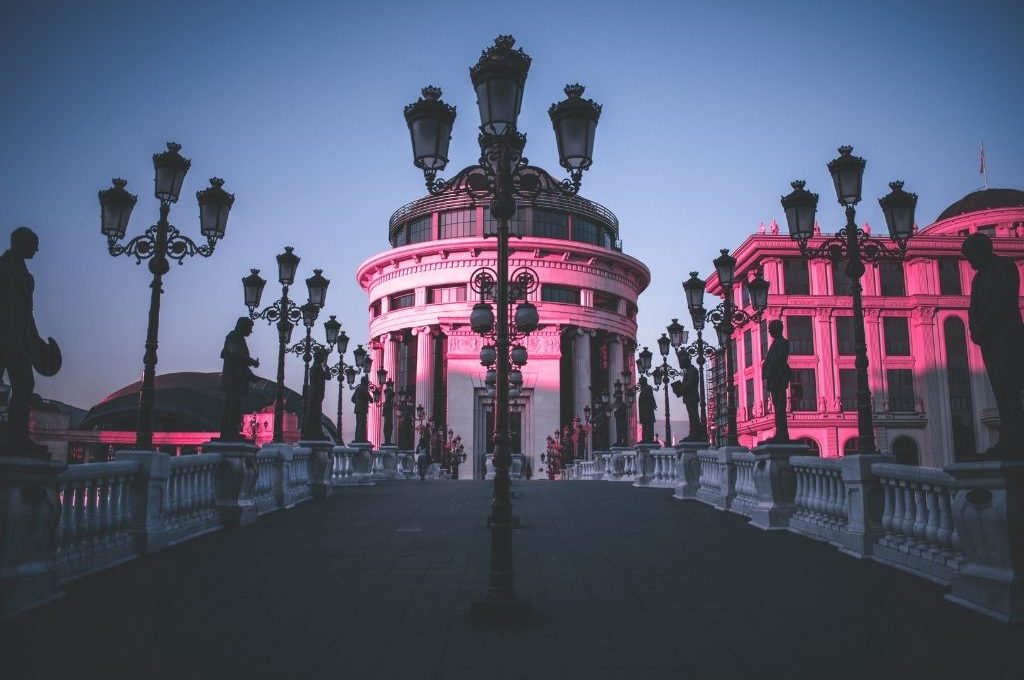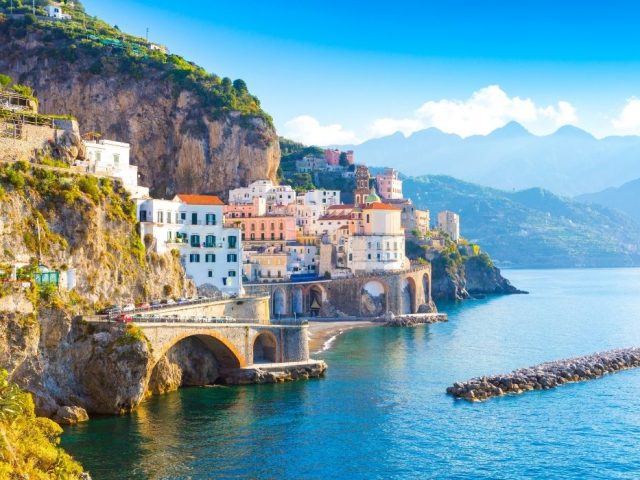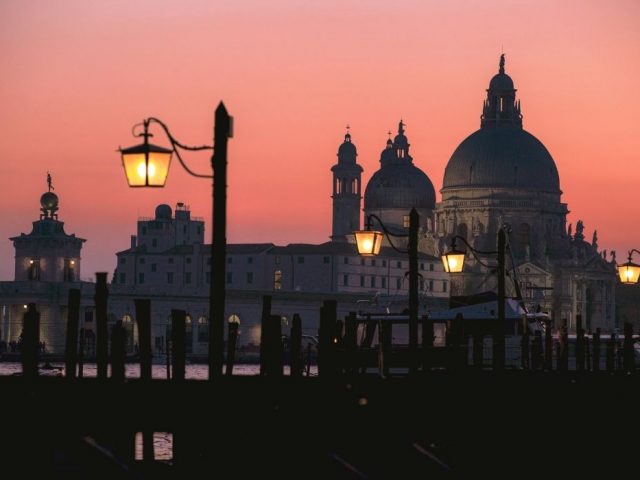Welcome to Skopje, the heart of the Balkans, a place that has always enchanted us with its history, culture, and nature! Skopje is the capital of Macedonia, a unique land known as the “Land of the Sun.” These lands are also where Alexander the Great was born and raised. Skopje is a city rich in history and stories. With its ancient history and encounters with the Ottoman Empire, the city has produced many stories and architectural wonders. Mosques, caravanserais, and baths…
🛎️ Reminder: To explore the world with your digital tour guide, don’t forget to download Piri Guide! 😊
Where is Skopje
As mentioned above, Skopje is the capital and the largest city of North Macedonia. It also holds the country’s political, cultural, economic, and academic pulse. Skopje is a city that is situated on both sides of the Vardar River.
When to Visit Skopje?
Skopje tends to be humid both in summer and winter because it has a sub-tropical climate. Especially in July and August, the city can be hot, but the heat doesn’t affect the city’s way of life. You can encounter bustling streets during the summer. Winters can be cold and rainy. Therefore, our recommendation is to prefer spring months. Especially April, May, June, September, and October are the most suitable times.
Places to Visit in Skopje
We’ve made a list of must-visit places in Skopje. Yet, we should remind you that you can find more on the Piri Guide mobile app. Piri Guide detects your location, offers you the best travel routes, and starts telling you the hidden stories of wherever you are. All you have to do is to get your headphones or earbuds and follow the path at your own pace. Then, don’t set out for your trip before downloading the digital travel guide! 😊
Skopje Fortress
The fortress is located right in the center of Skopje, on the banks of the Vardar River. It’s a fantastic spot to view the river from above. It was built in the 6th century and is believed to have been constructed during the time of the Byzantine Emperor Justinian I. Skopje suffered significant damage during an earthquake it experienced in the 6th century. Skopje Fortress was built with parts that came from the Roman city of Skupi. In the 1300s, Emperor Stefan Dušan declared himself emperor in this tower. Excavations carried out in the 19th century revealed that the Skopje Fortress contained granaries, weapon depots, a military hospital, and even a prison. In September 2010, the southwest wall of the fortress was restored.
Davut Pasha Bath
Very few hammams have managed to survive in Macedonia to this day. One of these hammams is the Davut Pasha Bath, in front of which we are currently standing. The person who built the bath and gave it its name was Davut Pasha, who served as the Grand Vizier during the reign of Sultan Beyazit II. The Davut Pasha Bath operates today as an art gallery. The bath was built in the 19th century. The ceiling sections are original, and the dome decorations date back to its initial construction. Contemporary artworks consisting of paintings, sculptures, and installations are displayed here, created by Macedonian artists. The most attention-grabbing pieces date back to 1970. The bath is divided into a total of nine chambers. I recommend visiting the third and fourth chambers, where the first works of Macedonian modern art are exhibited. Some of the artists whose works are displayed include Avramovski, Licenoski, Martinovski, and Todorovski.
Stone Bridge
The Stone Bridge is referred to as the Fatih Sultan Mehmet Bridge in the Ottoman archives. However, people mostly call it the Vardar Bridge or the Stone Bridge. So, does the word “Vardar” ring a bell for you? “Vardar Plain / Vardar Plain / I couldn’t earn the money to go back home…” 🙂 The folk song “Vardar Plain” is anonymous, meaning it’s not known who wrote it. This song is also sung in Macedonia.
There are two different opinions about the bridge: the first is that it was built during the reign of Byzantine Emperor Justinian I in the 6th century. It was constructed after a major earthquake. According to Evliya Çelebi, the construction of the Stone Bridge began in the 15th century during the reign of Murat II and was completed during the reign of Fatih Sultan Mehmet.
Macedonia Square
Now it’s time for Macedonia’s largest square, the heart of the city! This square took its present form after the 1963 earthquake. It was damaged in the earthquake and then rebuilt. Some of the city’s museums are located around the square. Maybe not when it was built, but in the 2000s, it became a popular destination for tourists.
The square is also the hub of the city’s transportation lines. You can access all parts of the city from the stops here. In addition, with its variety of cafes, restaurants, and shops, it has become one of the first places that tourists visit.
Mother Teresa House
When the calendars showed August 26, 1910, a girl named Anjezë Gonxhe Bojaxhiu was born. At that time, Üsküp was part of the Ottoman Empire. Anjezë came from a Kosovar Albanian family and was baptized in the old Church of the Sacred Heart of Jesus in Üsküp. She became known as Teresa of Calcutta and later started to be called Mother Teresa.
The place known as Mother Teresa House is not actually the house where Mother Teresa was born. There used to be a church here, and she was baptized in that church. The church, which we mentioned several times during our tour and was the cause of the destruction of many buildings, collapsed during the major earthquake of 1963. This house was built in place of the church after the earthquake. The architect was Vangel Božinovski, who was inspired by Mother Teresa’s birthplace when constructing it.
Tumba Madžari
Tumba Madžari is one of the oldest and most important Neolithic sites located along the Vardar River basin. But it’s not just important for the Vardar River; it’s considered one of the oldest permanent settlements in human history, especially in European history. Historians claim that Tumba Madžari was the first agricultural village established in Europe.
Tumba Madžari was settled between 6000 and 4300 BC. The people here were engaged in agriculture and evidence shows that they domesticated animals. The area even contains a structure believed to be a temple. The sculptures found here indicate that during the Neolithic period, women held certain political influence and moral authority, suggesting a societal order where women, known as “matristic,” held power.
Of course, the stories of Skopje are not limited to just these. To explore them fully and listen to their hidden stories, all you need to do is download the Piri Guide app on your phones.
Balkans have a lot more to show you. Before you make sure to check out our Kotor guide as well.




